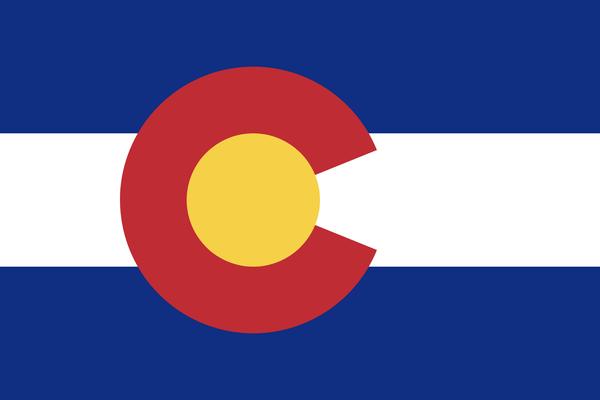Colorado Revises Guidance on Job Posting Requirements
Employers covered by the Colorado Equal Pay for Equal Work Act, Part 2 (EPEWA) will now have to post wage and benefit information for all covered promotional opportunities and job openings (including remote jobs that can be performed anywhere), unless that work is specifically tied to a non-Colorado worksite.
In a reversal of its prior interpretation, the Colorado Department of Labor and Employment (CDLE) issued a revised Interpretative Notice & Formal Opinion (INFO) #9 on July 21—six months after the law went into effect on Jan. 1. The revised INFO #9 contains several critical changes with regard to the CDLE's interpretation of the EPEWA that will affect virtually all employers with at least one employee in Colorado.
Salary and Posting Requirements
The original INFO #9 and the Equal Pay Transparency (EPT) Rules 7 CCR 1103-13 excluded out-of-state jobs from the requirement to include wage and benefit information in promotional opportunity notices and job postings. Specifically, the EPT Rules clarify that the compensation posting requirements do not apply to "either (1) jobs to be performed entirely outside Colorado, or (2) postings entirely outside Colorado." This led some covered employers to specifically exclude Colorado workers from remote postings in order to be excepted from the compensation posting requirements. Under the revised interpretation, the CDLE is taking the position that, unless the work is specifically tied to a non-Colorado worksite (e.g., wait staff at restaurants in states other than Colorado), the remote work theoretically could be performed in Colorado and, therefore, the EPEWA wage and benefit disclosure obligations would apply.

The new guidance expressly provides that covered postings include "any posting by a covered employer for either (1) work tied to Colorado locations or (2) remote work performable anywhere, but not (3) work performable only at non-Colorado worksites." To avoid any confusion, the guidance further provides, "a remote job posting, even if it states that the employer will not accept Colorado applicants, remains covered by the act's transparency requirements." In other words, the revised INFO #9 applies to remote job postings even if they expressly exclude Colorado as a worksite. Colorado employees must still be given advance notice of all promotional opportunities, regardless of location, and employers must include compensation and benefits information in that notice if the work could be performed in Colorado or from any remote location.
It is possible that this broadened interpretation will trigger a revised request for injunctive relief. In the meantime, promotional opportunities and/or job postings that are tied to a physical worksite outside of Colorado are still excluded from the compensation posting requirements under this new guidance.
'Help Wanted' Signs and Open-Ended Salary Ranges
The revised INFO #9 clarifies that the wage and benefit disclosure obligations do not apply to nonspecific "help wanted" signs indicating an employer is accepting applications. The revision also clarifies that wage postings that do not include a range do not comply with the EPEWA and EPT Rules. For example, wage postings that provide a minimum salary without a maximum (for example, "$30,000 and up") and wage postings that provide a maximum without a minimum (for example, "up to $60,000") are equally noncompliant.
Similarly, the CDLE has clarified that, with respect to disclosure of benefits, employers may not "use an open-ended phrase such as 'etc.,' or 'and more,'" and instead must "provide the required 'general description of all of the benefits," pertaining to a covered listing. (Emphasis in original.) According to INFO #9, "[b]enefits that must be generally described include heath care, retirement benefits, paid days off, and any tax-reportable benefits, but not minor 'perks' like use of an on-site gym or employee discounts."
INFO #9 is not binding law but does represent the Division of Labor Standards and Statistics' officially approved opinion and notice to employers, employees, and other stakeholders as to how the Division of Labor Standards and Statistics applies and interprets the law.








